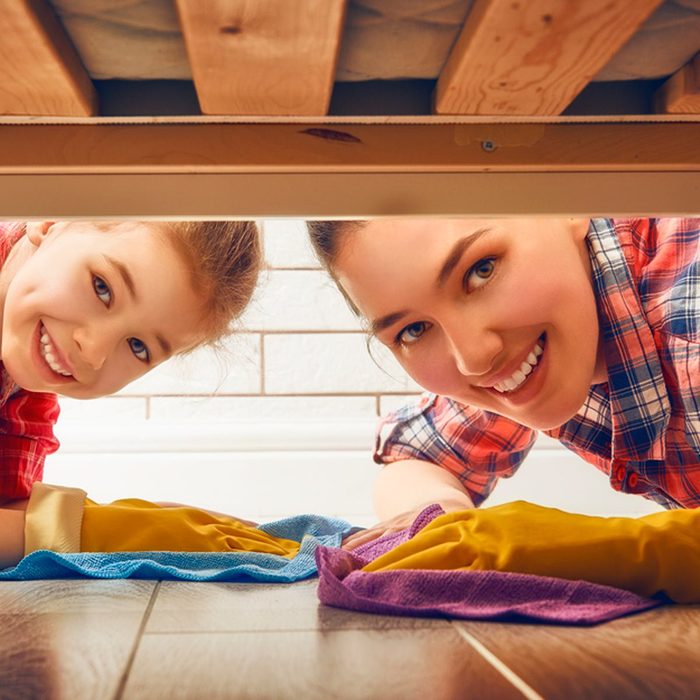
Clean Weekly
The first of our house cleaning tips may seem obvious: clean your house regularly! But just how often is often enough? Turns out, cleaning most areas of your home once a week is sensible and will rid your home of many allergy triggers and help relieve symptoms.
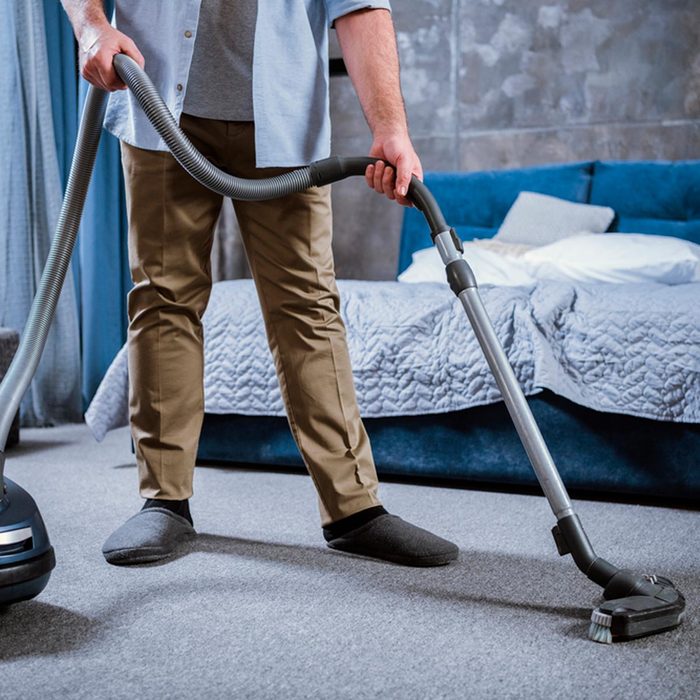
Start With the Bedroom
When it comes to house cleaning tips, we recommend starting in the bedroom. Clean it weekly, starting at the top and working down so that dust and allergens drift to the floor where they can be cleaned up by a damp mop or vacuum. Dust ceiling fans and light fixtures. Dust/wash your blinds/curtains. Vacuum your upholstered furniture, beneath the furniture and bed and of course, all the way to the corners. These 50 cleaning tips will make your home shine.
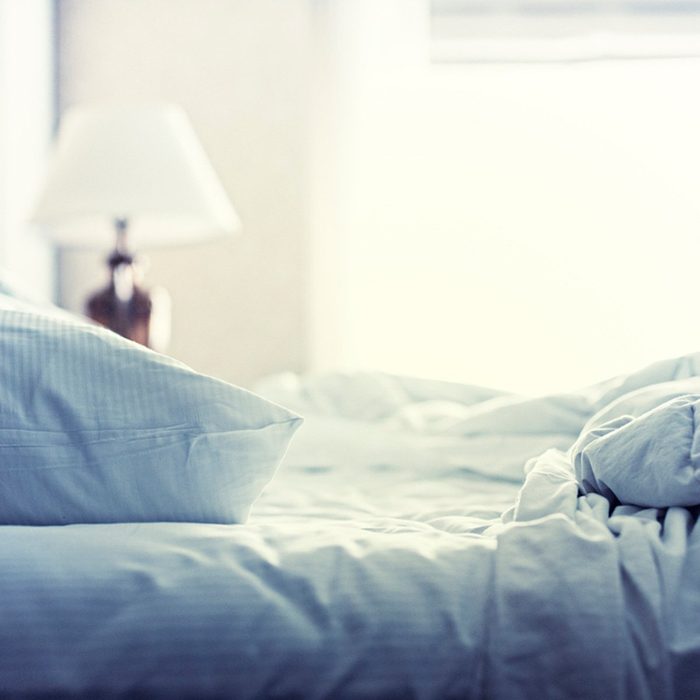
Tackle the Bed and Bedding
Washing your sheets, pillowcases and blankets weekly in hot water will remove irritants (common house dust, dead skin, animal dander, etc.). Allergy sufferers shouldn’t hang-dry their bedding (or clothes in general) outside. Irritating pollen can settle in and on your bedding. Make sure you avoid these 10 laundry tips almost everyone makes.
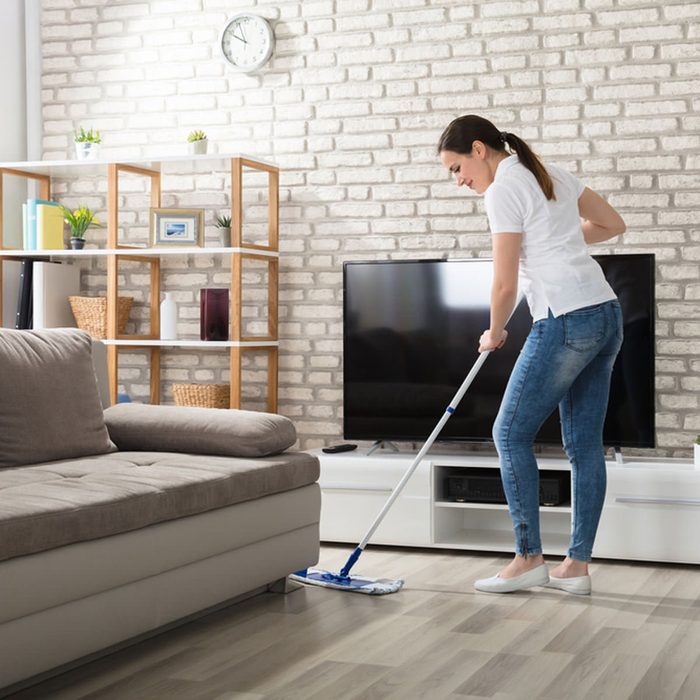
Vacuum Your Living Areas Every Other Day (and Clean Weekly)
Much like the bedroom, your living areas should be cleaned weekly, starting from the top and working your way down. Dust ceiling fans and light fixtures first, then move on to the blinds and/or curtains. It’s also important to clean window sills, mantles or any horizontal surface. Also, wipe down wooden furniture and vacuum upholstery. Wash throw rugs, vacuum and mop hard-surface floors.
When considering house cleaning tips for your allergies, be sure to vacuum your carpets every other day to capture the most allergens. Have a leather couch? You can clean it with natural products.
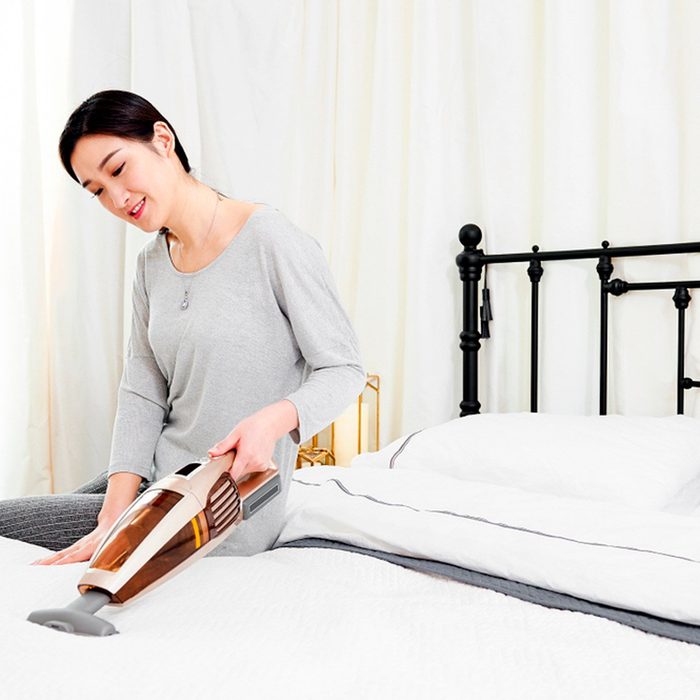
Vacuum Your Duvet/Comforter
You may not want to wash your duvet or comforter every week, but if you have animals and kids jumping on the bed regularly, it would do allergy sufferers good to vacuum it a couple of times a week. Other house cleaning tips to consider include vacuuming your mattress cover and washing your comforter and pillows once a month. Here’s the cream of the crop; these bedding products will make you swoon.
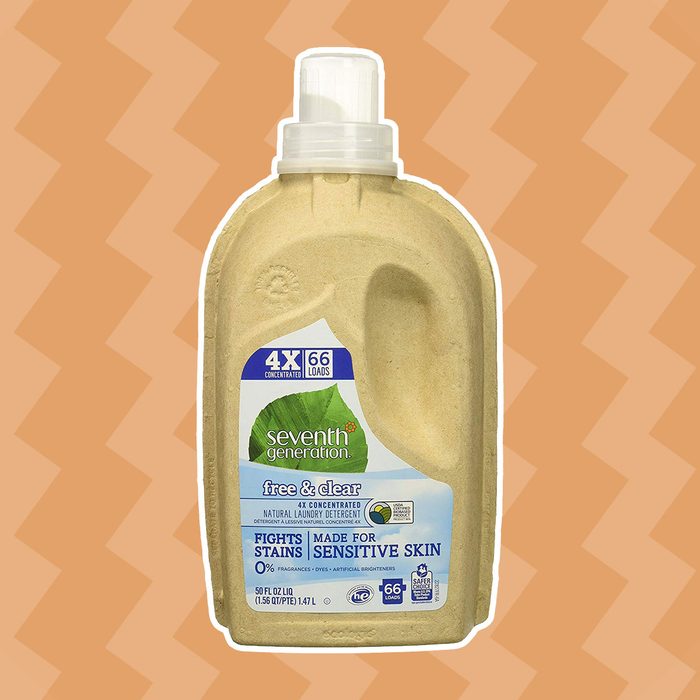
Choose the Right Laundry Products
For those with sensitive skin, it’s important to choose detergents and other stain removal products that are unscented and free of dyes. One brand to consider is Seventh Generation, with products that don’t contain dyes or synthetic fragrances. Seventh Generation products are also biodegradable, hypoallergenic and free of optical brighteners (synthetic chemicals that make fabrics appear to glow in the presence of ultraviolet light). Have a small laundry room? Check out these 20 small space laundry room organization tips.
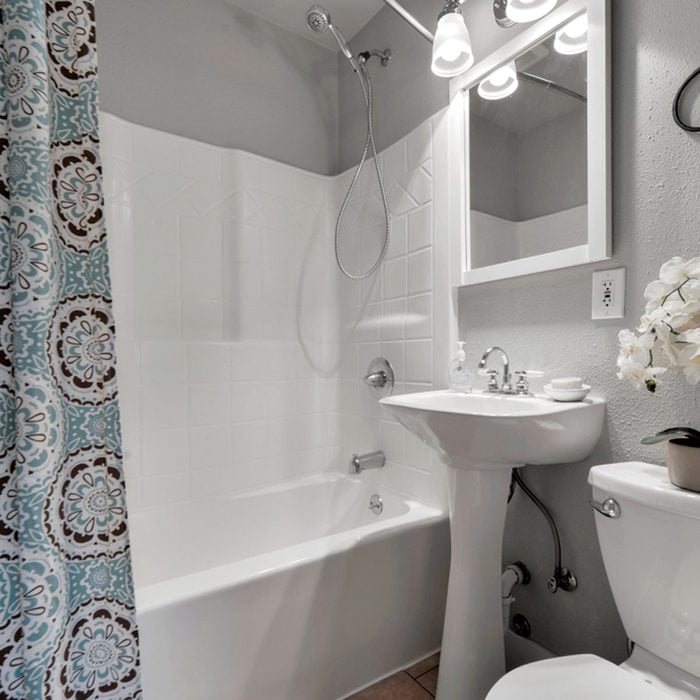
Prevent Mold and Mildew in the Bathroom
When it comes to mold and mildew, prevention is of the utmost importance. If you don’t stay on top of bathroom moisture, mold may develop and then spores can circulate throughout your home. Be sure to wipe down the bathroom walls and floors using a microfiber cloth every time you shower, and leave the doors open once you’ve left to allow the room to properly air out. Leaving the shower curtain open after your shower is a good idea too, since this will help the area dry out faster. Check out these 10 tips for removing mold and mildew.
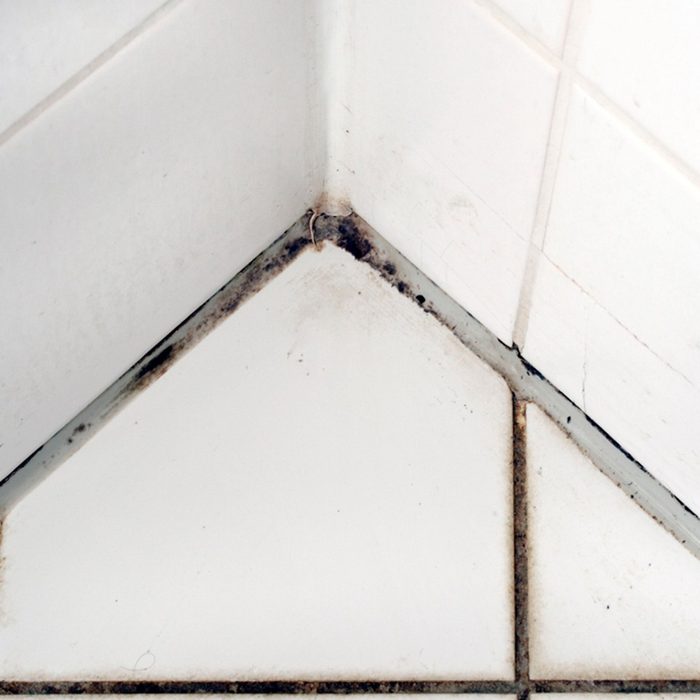
Stop Mildew in Its Tracks
If you already have mildew, get rid of it now! Remove it using a solution of three parts water to one part bleach. Ventilate the area well, slip on some rubber gloves and then use a stiff brush to scrub the mildew-infested areas. Allow the solution to sit for 15 minutes before scrubbing and rinsing. Be very careful to protect your clothing and any other fabric in the area so it’s not damaged by the bleach. Here are some common household cleaners you shouldn’t mix with bleach.
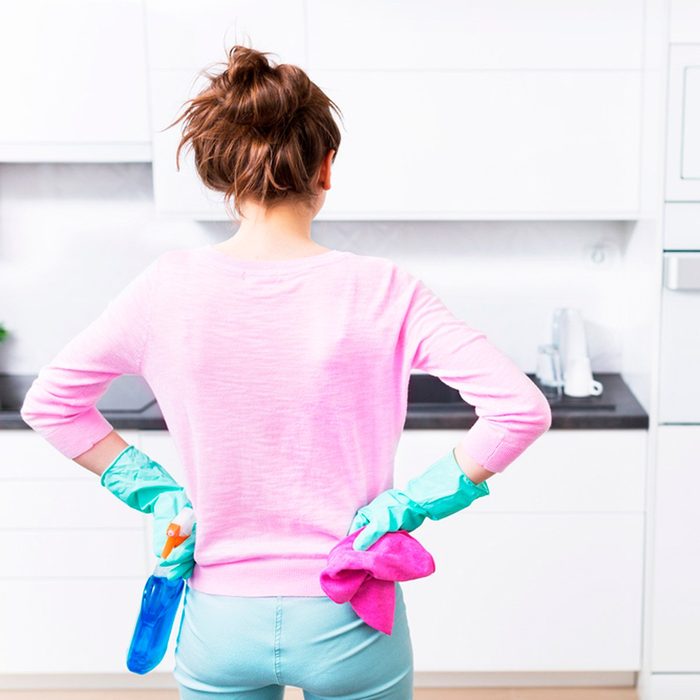
Tackle the Kitchen
Moisture control is also important in the kitchen. Prevent the growth of mold and mildew by using a vented exhaust fan to reduce moisture. Stay on top of any leaks below your sink and refrigerator and repair them ASAP. It should go without saying, but keeping the countertops clean and washing the dishes between each meal is also important for keeping any pests at bay. Furthermore, tackle your cabinets and drawers each season, ensuring any crumbs and dust are removed regularly.
Here’s how to repair hidden plumbing leaks.
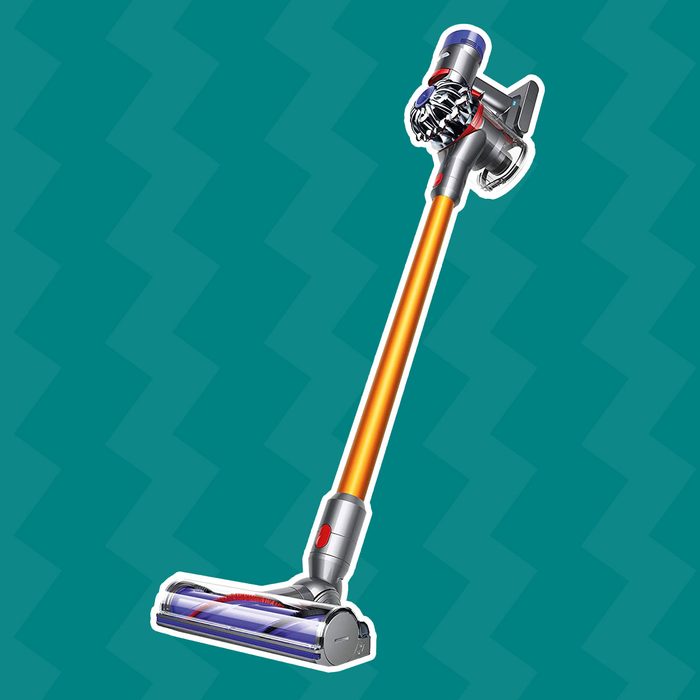
Purchase a HEPA Filter Vacuum
There’s no exaggerating as to how important vacuuming is to keeping allergens at bay. However, if you suffer from allergies, there’s an important step you might be missing. You should be sure your vacuum has a HEPA filter because some allergens are so tiny they’re capable of passing right through regular vacuum filters. HEPA stands for high-efficiency particulate air, and this type of air filter provides the highest level of filtration available, trapping harmful particles like pollen, dust mites and pet dander.
The Dyson V8 Absolute Cordless Stick Vacuum Cleaner is a great option to consider. It features whole-machine HEPA filtration that captures allergens and expels cleaner air than the air you breathe. And, the filter is washable.
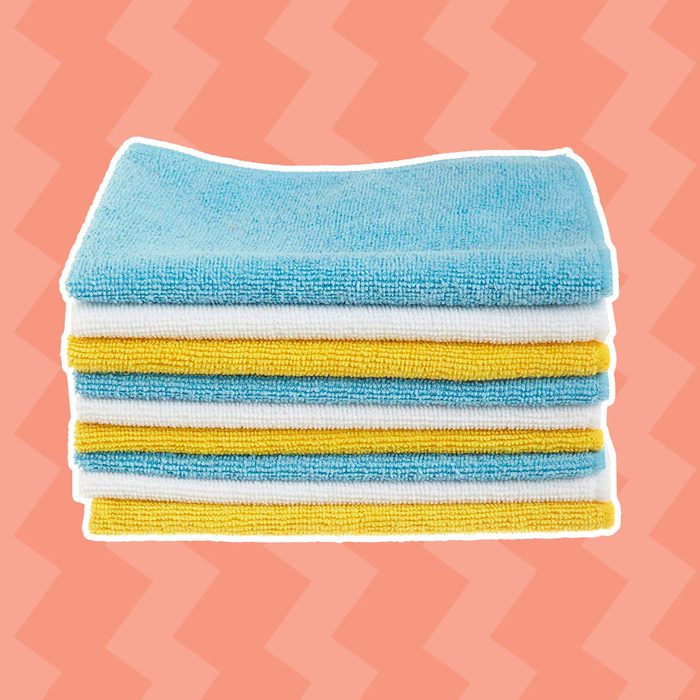
Use Washable Microfiber Cleaning Cloths and Mops
Skip the cotton or paper towels when cleaning and opt instead for microfiber. They attract dust much better! Before using microfiber mops and cleaning clothes, be sure to dampen them to attract the most dust. The non-abrasive fabric won’t scratch surfaces or leave lint and streaks behind. Use these products and make household cleaning chores less of a chore.
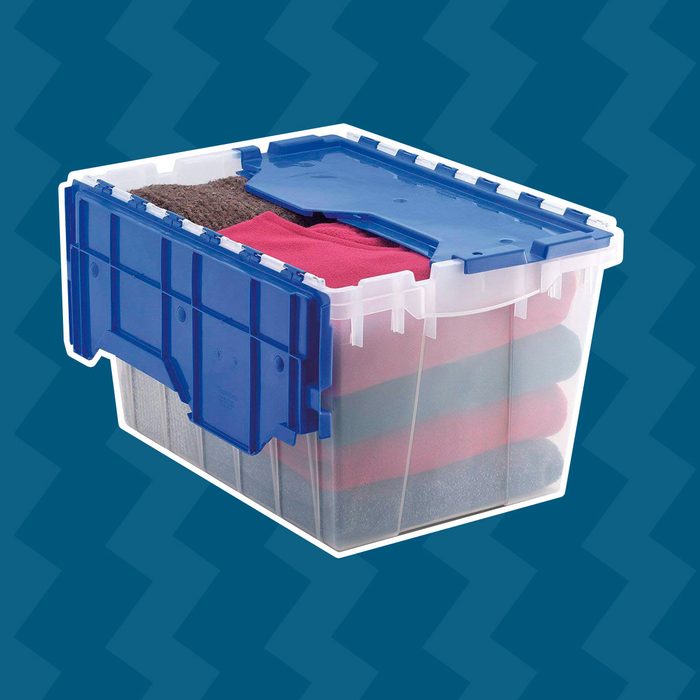
Marie Kondo Your Home
One surefire way to cut down on household allergens is to minimize clutter. Piles of boxes, clothing and paper trap dust and hide allergens such as dust mites and cockroaches. Ask yourself Marie Kondo’s favorite question: Does this spark joy? Remove the things that don’t and then find specific places to display or store the rest, like in clear plastic storage bins.
Here is Marie Kondo’s one condition of keeping items that don’t spark joy.
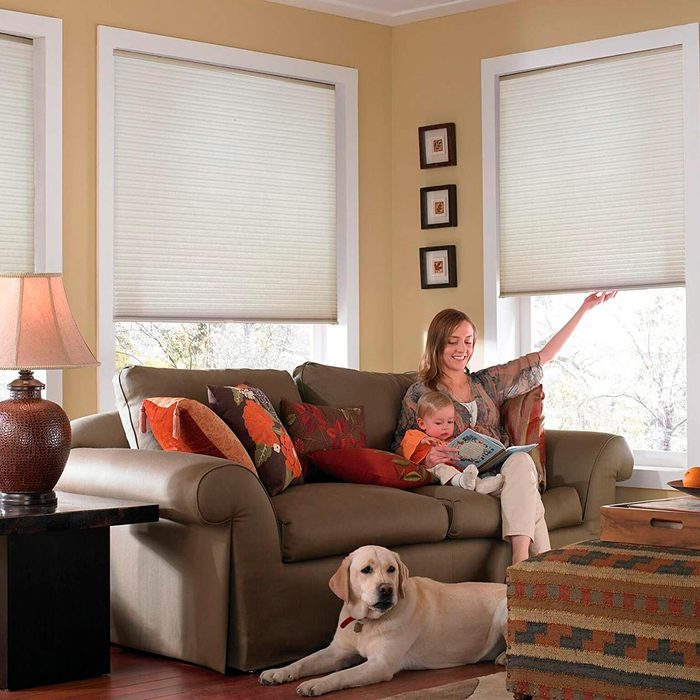
Be Mindful of Curtains and Blinds
Window treatments are excellent dust collectors. Not only does this look unsightly, but it can also trigger your allergies. Vacuum curtains and drapes at least once a month. If you have blinds, wipe them down with a microfiber cloth monthly. Better yet, get rid of both of these options and switch to roller shades.
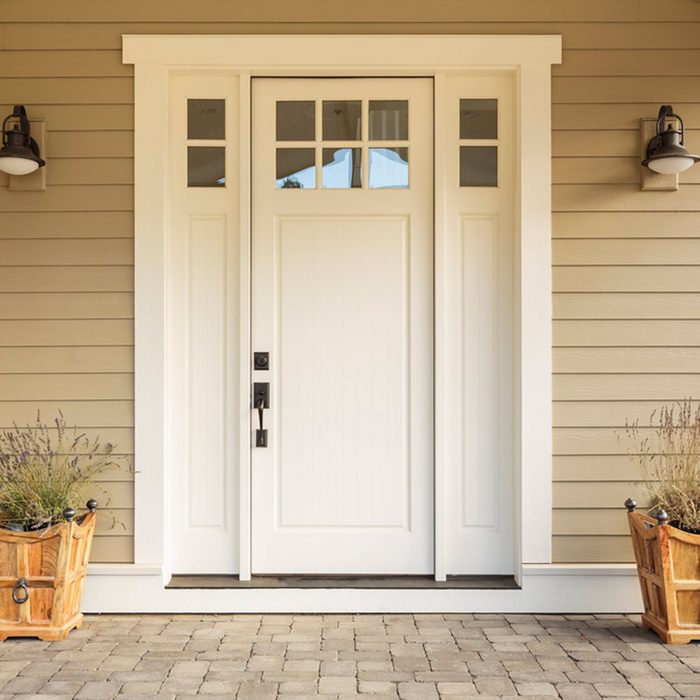
Clean Outside Entryways
Keeping the path to your home, your patio and the area outside your front door clean and tidy doesn’t just look nice, but it lessens how much dust, dirt and pollen is tracked into your home.
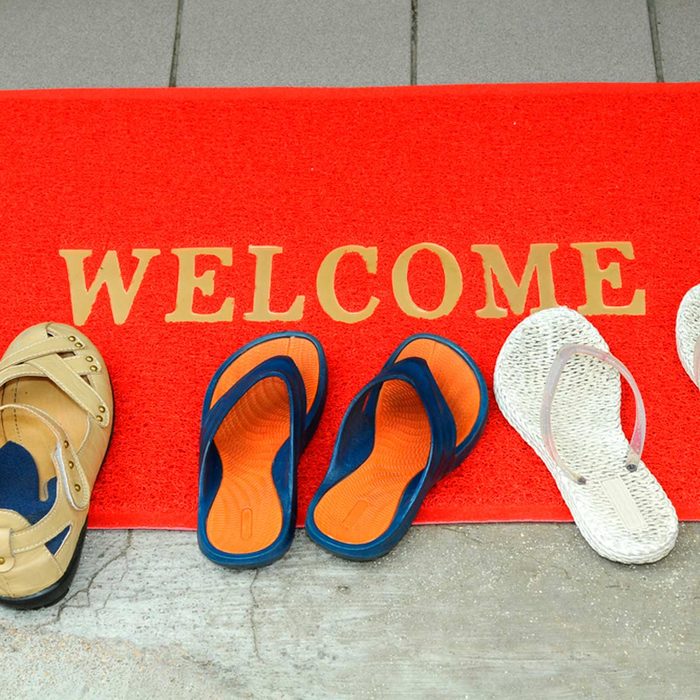
Remove Your Shoes Before Entering the House
The bottom of your shoes harbors some nasty stuff —dust, bird droppings, dog poop and leafy debris to name a few. Make it a habit to always remove your shoes at the door or in the mudroom prior to entering your house. Hold guests to the same policy!
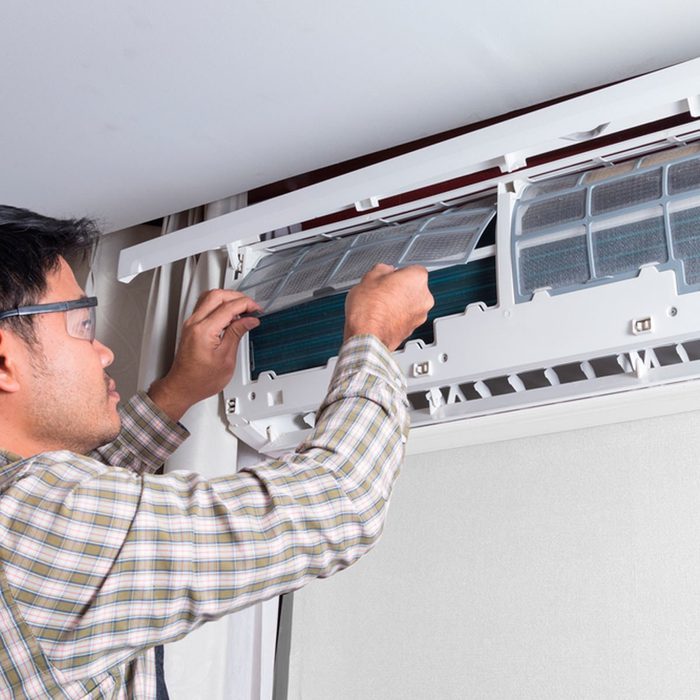
Stay On Top of Your Central Heating and Cooling Systems
Be sure to use small-particle filters in central heating and cooling systems and room air conditioners. If the filters aren’t disposable, clean them monthly. Change your filters every three months, and have your heating and air conditioning units inspected and serviced every six months. You could also upgrade your systems to include high-efficiency media filters.

Take Care of Your Plants
Perhaps an unusual addition to our list of house cleaning tips is plant care to alleviate allergens in the home. By watering your plants with ice cubes, you can prevent lingering pools of water that cause mold. You could also cover the soil with decorative rocks to help contain the natural molds that grow in damp soil. Also, it’s a good idea to wipe leaves with a damp cloth or give plants a shower occasionally to rid them of dust. Here are 8 air-purifying plants for a healthy home.
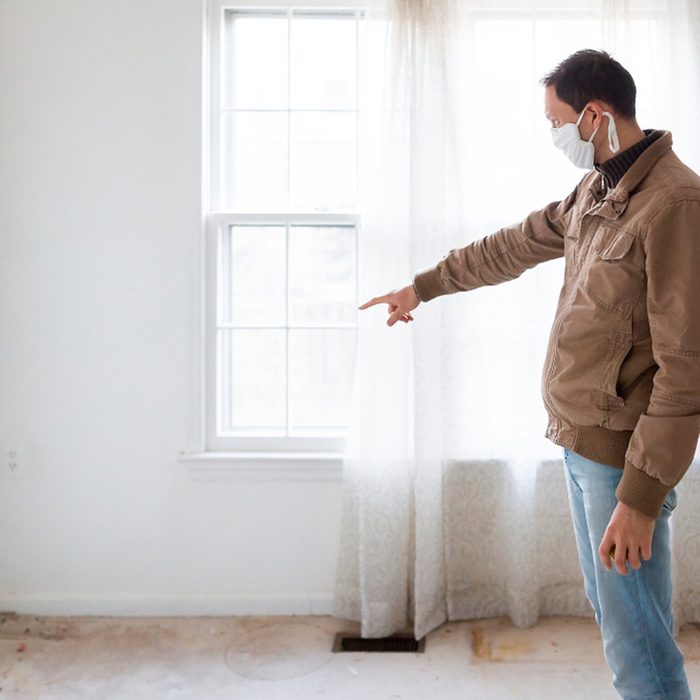
Don’t Shampoo Carpets
Shampooing your carpets or using heavily scented cleaners could make your allergies worse. If you have a section of your carpet that has mold or mildew, clean the back of the carpet with one part hydrogen peroxide to five parts water. Prop the section up and use a fan to dry the treated area. Here are some carpet cleaning tips for pet owners.
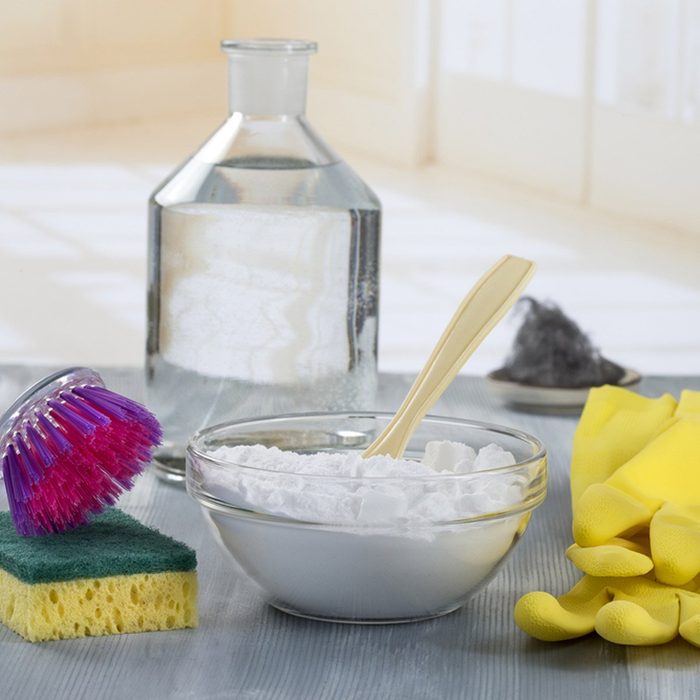
Read Cleaning Labels Before Using
Synthetic chemicals in cleaning products, such as: ammonia, D-limonene, formaldehyde, sodium hypochlorite and sodium lauryl sulfate can trigger allergies (at the very least). Look for products without these ingredients. Choose natural products or make your own cleaning solutions. Here’s how to make a homemade cleaner with simple ingredients.
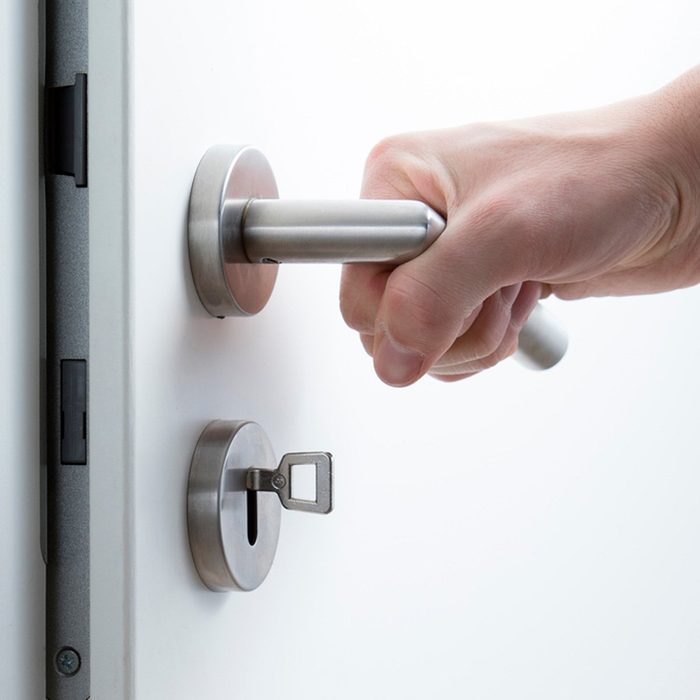
Leave the Home After Deep Cleaning
For those who suffer from allergies, consider this household cleaning tip: It may be best to leave the house for a few hours after a deep clean. This is because some dust and dust mites get airborne when you clean. It may take a few hours for them to settle down and while they’re in the air, they could trigger your symptoms.
Every product is independently selected by our editors. If you buy something through our links, we may earn an affiliate commission.